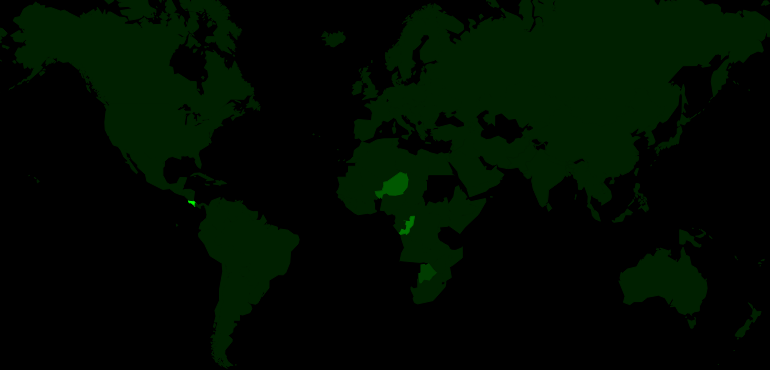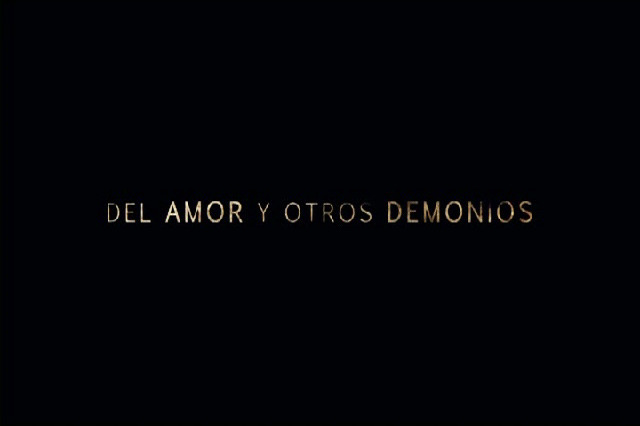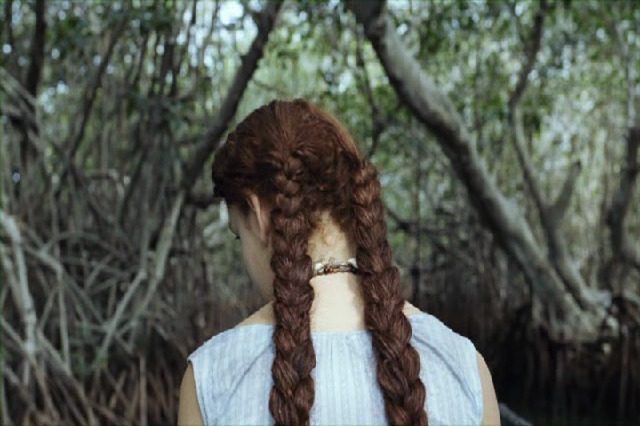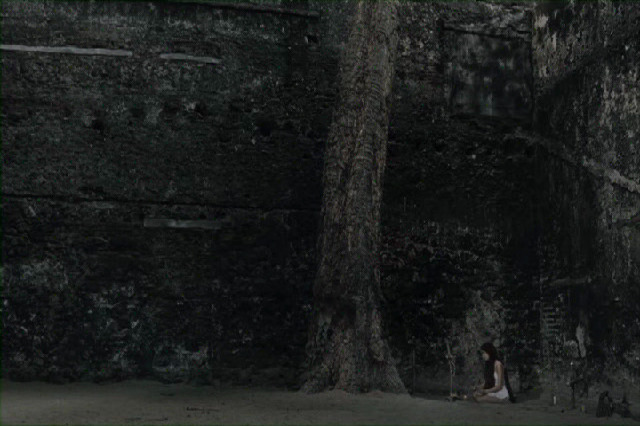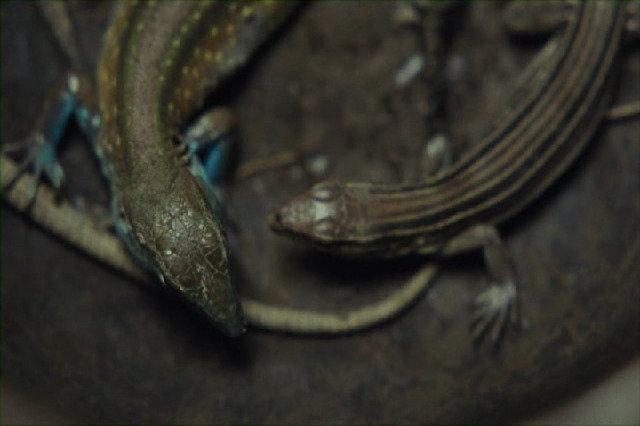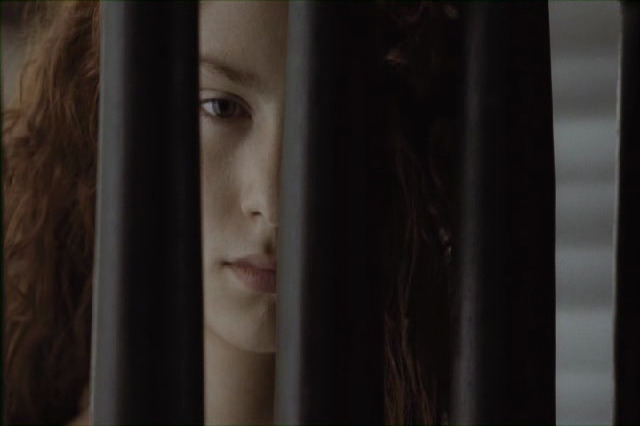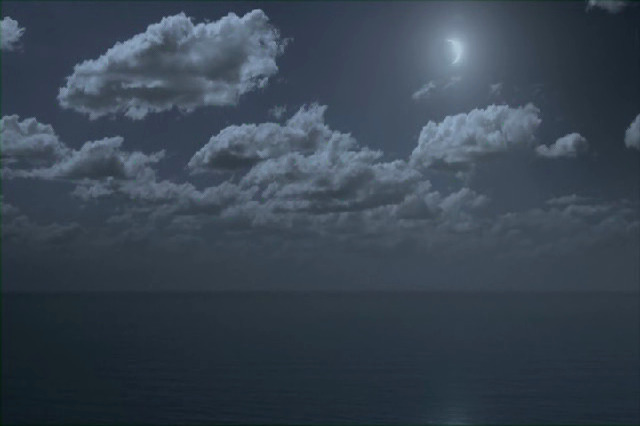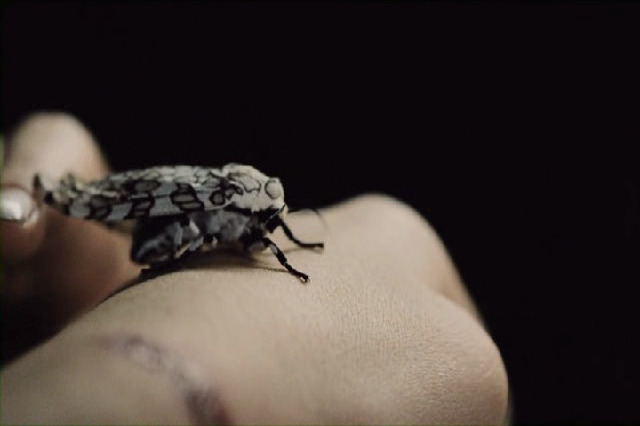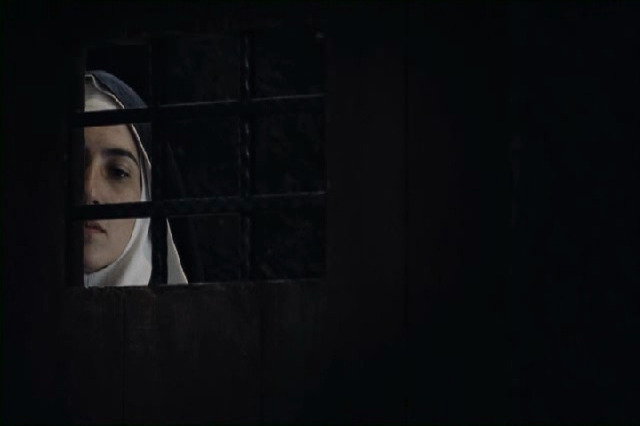Hey! I recorded some stuff and forgot to edit and upload.
WFC Solomon Islands: A Passage to Anuta
Yeah, yeah, another Youtube short that isn’t very grounded in the ostensible subject country.
Finding films from these Pacific islands states is really, really difficult, and I’d much prefer real movies, not matter how bad (and I’ve seen some very bad films in this series) than these documentary shorts, but…
And does anybody know whether there’s a mode to make Google Geocharts display at least one single pixel for these small countries? It may not be accurate, but having to hand-draw in those circles is whack. (Although these islands did show up, for a change.)
Oh! This film. It’s about some guys sailing to the Solomon Island.
Representative line from the narration:
“Zack baked some pretty bomb cheddar jalapeno bread.”
I think they had a good time. It’s well edited. It’s not very Solomon Islandish (that’s word).
A Passage to Anuta. Jacob Ells. 2014. Solomon Islands.
Solomon Island Cocktail
- 2 parts cherry brandy
- 3 parts gin
- 2 parts Triple Sec
- 6 parts pineapple juice
Shake with ice. Strain into an ice-filled glass. Garnish with a slice of pineapple.
This post is part of the World of Films and Cocktails series. Explore the map.
New Music
WFC Costa Rica: Del amor y otros demonios
I was unable to find this on DVD or via any of the streaming services with English subtitles, so I had to resort to *ahem* crowd-sourcing. The aspect ratio is slightly off, but I couldn’t figure out how to de-squash-o-vision it, so everybody look kinda skinny.
This is a very languid film. Which is something that I usually enjoy watching, but for some reason I didn’t connect with the film at all. I have no idea why: The actors are fine, the cinematography is good, and it’s based on a Gabriel Garcia Marques novel. Should be great, huh?
So it might just be me, but:
Of Love and Other Demons. Hilda Hidalgo. 2009. Costa Rica.
Mamadita
- 1 part Amaretto
- 1 part Amarullo
- 1 part Kahlua
- cream
- sugar
Whip the cream with sugar. Shake the first three ingredients with ice. Pour into a tall class. Top with the whipped cream.
(The original recipe has Bailey’s instead of Amarullo, but I seemed to have run out of Bailey’s.
This post is part of the World of Films and Cocktails series. Explore the map.
Gosh
I added some further improvements to my Javascript-based “quick scan” Diamonds Previews catalogue site: Goshenite. The main tweaks is to make it a bit more responsive (with a spinner when the cover images haven’t been preloaded), as well as a way to “favourite” certain publishers.
The main tweaks is to make it a bit more responsive (with a spinner when the cover images haven’t been preloaded), as well as a way to “favourite” certain publishers.
If you click a publisher name (up to the left), it’ll become green, and all comics from that publisher will be displayed, no matter what the selection settings are.
These publishers will also be sorted first when you visit the site. So if you’re massively interested in Drawn & Quarterly and Fantagraphics, and mildly interested in everything else, you’d favourite those two, and leave the selection settings to “First Issues” only. That way you can just use the Right key to go through the catalogue quickly: First all the comics from the publishers you are interested in, and then the first issues from all the rest.





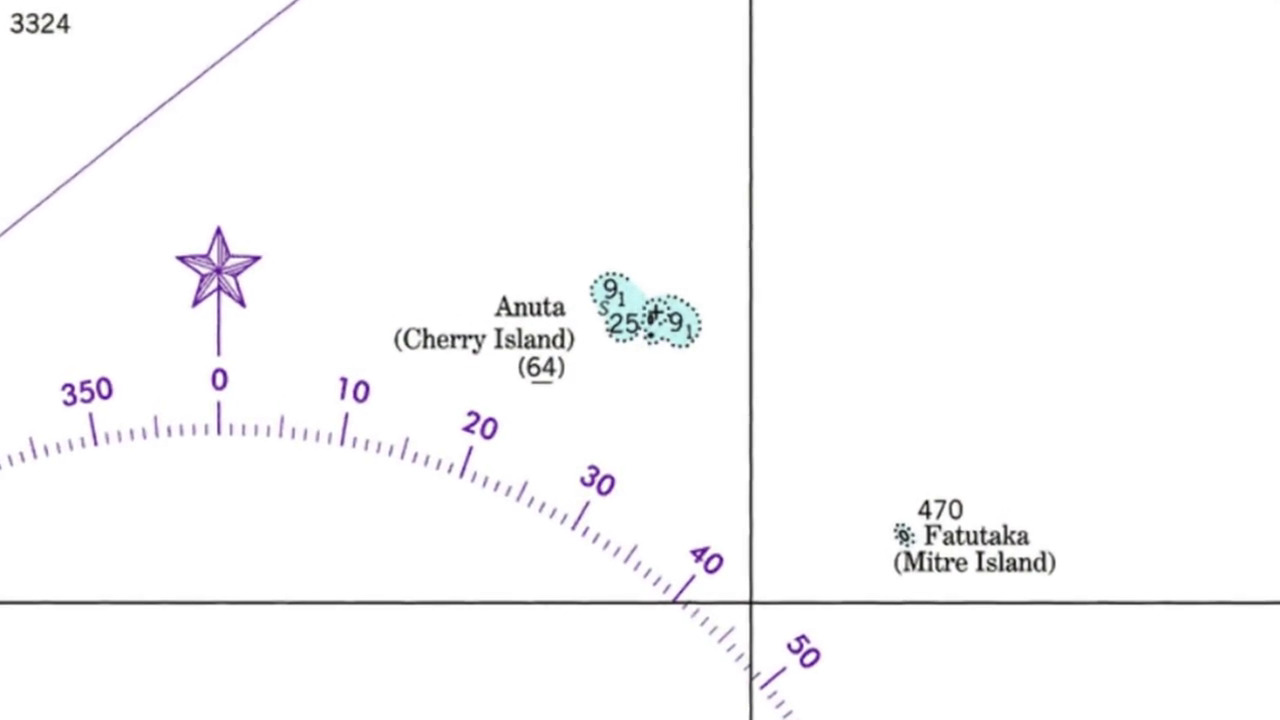













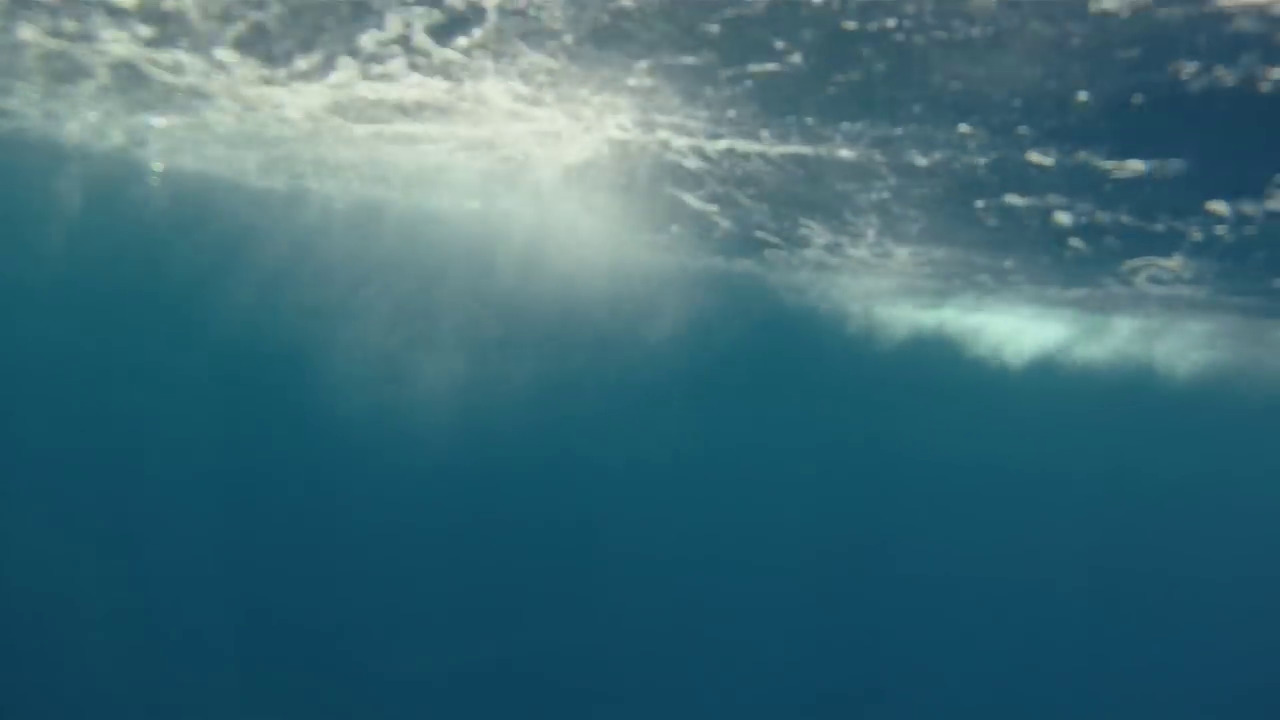










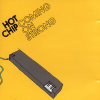

)
)
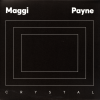



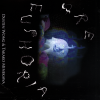
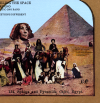




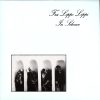







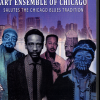

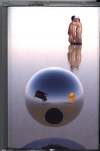


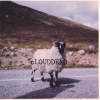

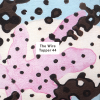


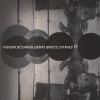

)
)

